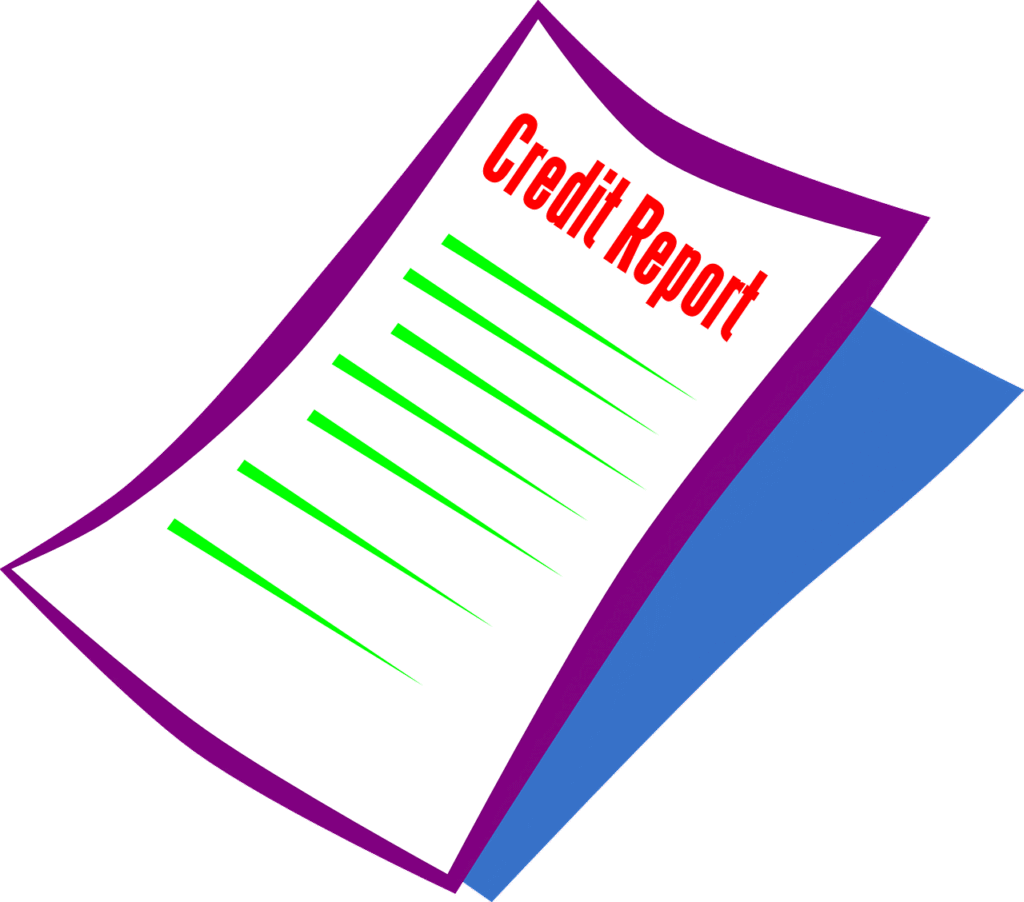Contents
Credit Score Explained for Beginners – Complete Guide
New to credit? You’re not alone. This guide offers the credit score explained for beginners in the simplest way possible. Whether you’re applying for a credit card, car loan, or mortgage — your credit score plays a huge role.

📘 What is a Credit Score?
A credit score is a 3-digit number that shows how trustworthy you are with money. It helps banks and lenders decide if they should approve you for credit and what interest rate you’ll pay.
The most common type of credit score in the U.S. is the FICO® Score, which ranges from 300 to 850.
📊 Credit Score Ranges
| Credit Score | Rating | Meaning |
|---|---|---|
| 800–850 | Excellent | Lowest interest rates and best approvals |
| 740–799 | Very Good | Easy loan approvals and decent rates |
| 670–739 | Good | Average borrower with decent credit |
| 580–669 | Fair | Higher interest rates, fewer approvals |
| 300–579 | Poor | Hard to get approved without high fees |
📌 What Affects Your Credit Score?
Here’s how your FICO® score is calculated:
- 35% Payment History: Did you pay bills on time?
- 30% Credit Utilization: Are you using too much of your available credit?
- 15% Length of Credit History: How long have your accounts been open?
- 10% Credit Mix: Do you use a variety of credit types (cards, loans)?
- 10% New Credit: Have you applied for lots of new credit recently?
🚀 How to Improve Your Credit Score Fast
- Pay all your bills on time
- Keep your credit card balances low
- Don’t apply for multiple credit accounts at once
- Use Experian Boost to add utility and phone payments
- Check your credit report for errors at AnnualCreditReport.com
💡 Common Credit Score Myths
- Checking my score lowers it: False. Only hard inquiries do.
- Income affects credit score: False. Credit scores are based on credit behavior, not income.
- Debit card use improves credit: False. Debit cards don’t impact your credit at all.
